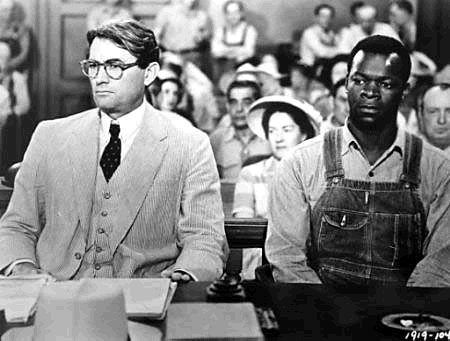
On the 19th of February 2016, Pulitzer Prize winning American author Nelle Harper Lee died in her sleep aged 89. Her 1961 book To Kill a Mockingbird sold north of 40 million copies and became the text that defined 20th Century America as it uncompromisingly tackled the racial troubles that plagued the Deep South.
Notoriously private and known simply as ‘Nelle’ by close family and friends, Lee was born and raised in Monroeville, Alabama, where she spent summers with fellow future author Truman Capote. Her segregated hometown would serve as inspiration for the fictional town of Maycomb in which her iconic story is set, and her friends and family would form the prototypes for the characters that inhabited it (with Dill being inspired by Capote, and Scout a mirror of her childhood self).
Until last summer, it was widely accepted that To Kill a Mockingbird would be Lee’s only book. The unexpected and controversial Go Set a Watchman was released on my birthday last year, serving as a sequel to Mockingbird and tackling racial tensions as well as father and daughter relationships much like its prequel.
Mockingbird, told from the perspective of young tomboy Scout Finch explores the lives of Maycomb’s residents, with the driving plot covering lawyer and father Atticus Finch’s attempt to save African-American resident Tom Robinson from the failures and bias of the town’s judicial system.
It was this tale that led to Lee being awarded not only the Pulitzer Prize, but also the Presidential Medal of Freedom (2007), an honorary degree from the University Of Notre Dame (2006) and an award from the American Academy of Arts and Letters (2007) among many more in the 55 years since the book’s first publication.
Mockingbird, whilst a classroom favourite was no stranger to controversy. The text was banned countless times. Many cited excessively sexual themes, use of racial slurs and use of profanity as grounds for it not being exposed to high school age students. In 1981 a group of African-American parents in Warren, Indiana felt that the book represented “institutionalised racism under the guise of good literature”, others slandering the book as “filthy” and “trashy”. But we must keep in mind that this story is based solely on the honest recollections of a girl aged six to nine. Scout was doing nothing but identifying the truth, acknowledging brutal injustice and pointing out the irrational racism of her superiors in the same way Lee herself observed the thoughtlessly racist actions of the adults around her following an event in 1936 when she was 10 years old.
We see this not only through the way Scout approaches the character of Tom Robinson, failed by his peers and the town’s legal system, but also how she views the ostracised Boo Radley and how she learns not to alienate a man based on his external appearance, simply, to ‘not judge a book by its cover’.
I along with generations of students studied To Kill a Mockingbird as part of GCSE English two years ago. This text remains one of my favourites simply because it provoked discussion. It allowed us to use the classroom as a safe space to discuss the issues surrounding blackness. There was no fear of offending when analysing this text and we were able to have truly thought provoking conversation about issues still affecting the African diaspora 55 years after the death of character Tom Robinson. Most refreshingly, we didn’t study this text exclusively as part of Black History Month, it was simply the book we had to read as part of the course.Openly conversing about the issues it presented helped to partially dispel the negative stigma attached to discussing institutionalised racism, and destroy the myth of ‘playing the race card’.
When Michael Gove announced his plans to remove this text from the syllabus along with other American classics in May 2014, I began to fear about how matters directly related to blackness could be the topic of classroom discussion without it. Because of To Kill a Mockingbird, we as young people, especially Black British youth, were able to openly discuss a history that we were directly linked to without fear or accusation. The fears of most scholars and journalists when Gove announced his plans were that students wouldn’t relish studying his proposed syllabus as much as the one that included authors such as Harper Lee and John Steinbeck, whereas my fear was that race and issues to do with blackness would now probably only be discussed during Black History Month, when people felt it was their ‘duty’ to bring them up.
To Kill a Mockingbird is, was and always will be the book that led so many people to question wrongdoing. Whether read for the sake of reading, or pulled apart in the classroom, the value of the text as a classroom staple is undeniable. Every time you go back to this seminal book you learn something new. You begin to question your own ethics; the ethics of those around you and you develop an extended understanding of the complexity of human nature. In a few hundred pages, Ms Lee spoke volumes from which we’re still learning decades later, and the loss of this book from our curriculum is bigger than merely dropping an American classic from English shelves.





![[ K S R ]’s ‘Sweet’ finds an artist thriving in vulnerability](https://gal-dem.com/wp-content/uploads/2019/01/KSR.jpg)



